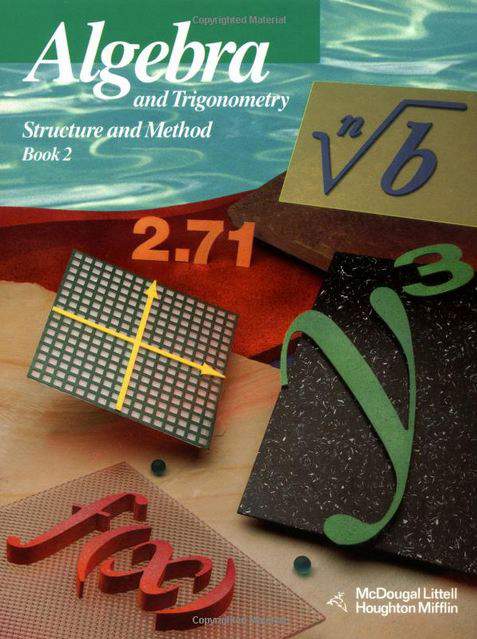Connecting...

This is a quick preview of the lesson. For full access, please Log In or Sign up.
For more information, please see full course syllabus of Algebra 2
For more information, please see full course syllabus of Algebra 2
Algebra 2 Writing Linear Functions
Lecture Description
In this lecture, we'll see two ways of writing linear functions which will help us solve linear equations and problems involving parallel and perpendicular lines. The first way is the slope intercept form, y=mx + b, where m is the slope, and b is the y-intercept. This is useful when we need to graph a line. In the example, you'll see exactly how the slope intercept form will help you graph the function. The second way is the point slope form which includes a point on the line and the slope of the line and is related to the slope formula.
Bookmark & Share
Embed
Share this knowledge with your friends!
Copy & Paste this embed code into your website’s HTML
Please ensure that your website editor is in text mode when you paste the code.(In Wordpress, the mode button is on the top right corner.)
×
Since this lesson is not free, only the preview will appear on your website.
- - Allow users to view the embedded video in full-size.
Next Lecture
Previous Lecture









































 Carleen Eaton
Carleen Eaton Grant Fraser
Grant Fraser
 Answer Engine
Answer Engine



1 answer
Sat Jul 12, 2014 1:43 PM
Post by XOCHITL PITHAWALLA on July 8, 2014
Why do you at 12:15 minute in order to isolate B, you substrated 4/3 from both sides, is that right? i was taught that when you working with fraction (to pass it to the other side of the equation) you should do it by its reciprocal which would be -3/4. WOULD YOU PLEASE HELP ME to clear thing out. THANKS!!!
1 answer
Thu Mar 27, 2014 6:49 PM
Post by edder villegas on February 9, 2014
i am a bit confused about the difference of the y value and the y intercept, why one can not plug in the y value on b
1 answer
Fri Apr 27, 2012 8:50 PM
Post by Kenny Zeng on April 20, 2012
Do we approach the problem the same way if the slope is a fraction while using the point slope method.